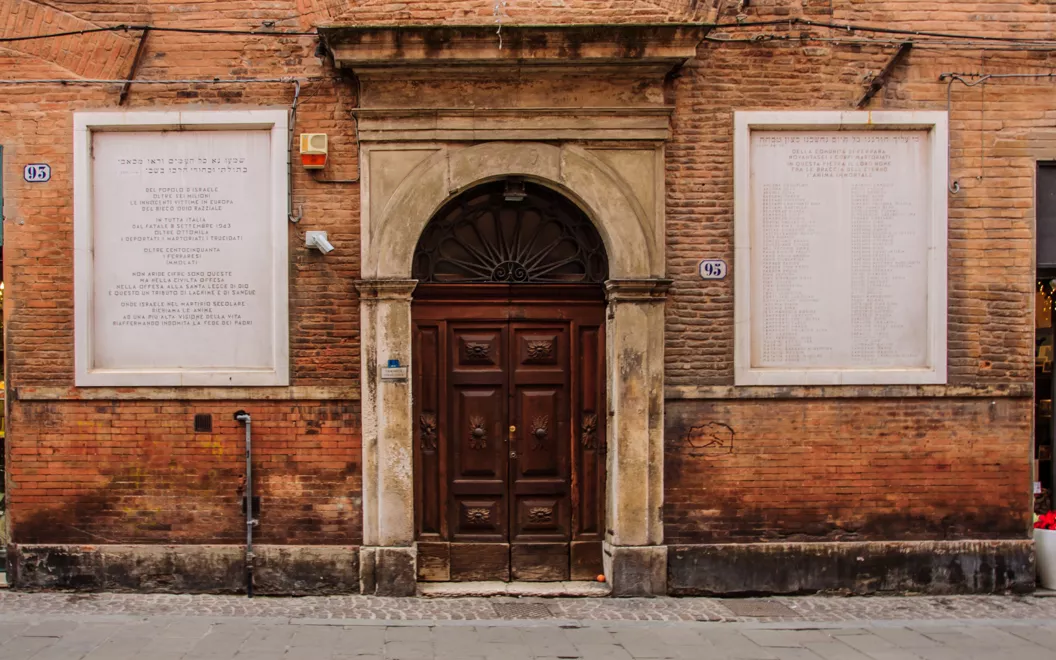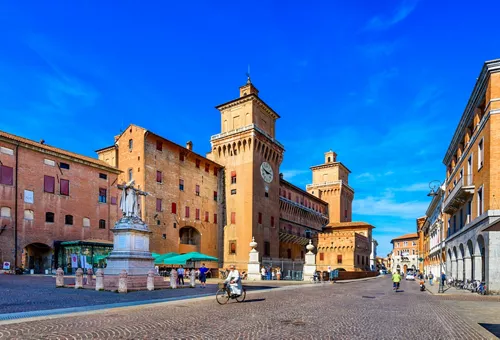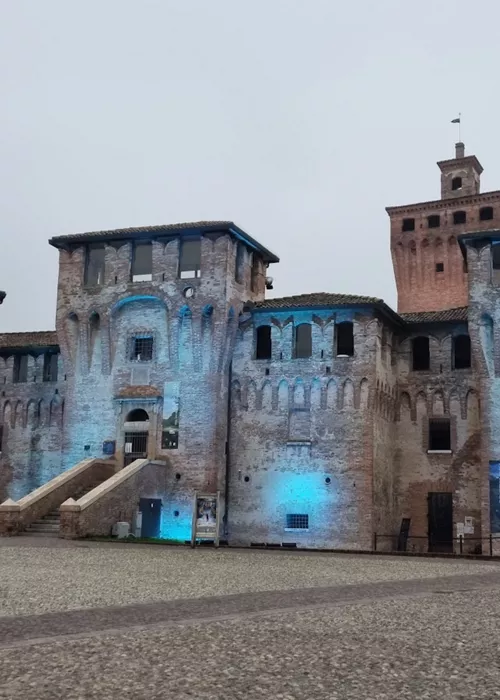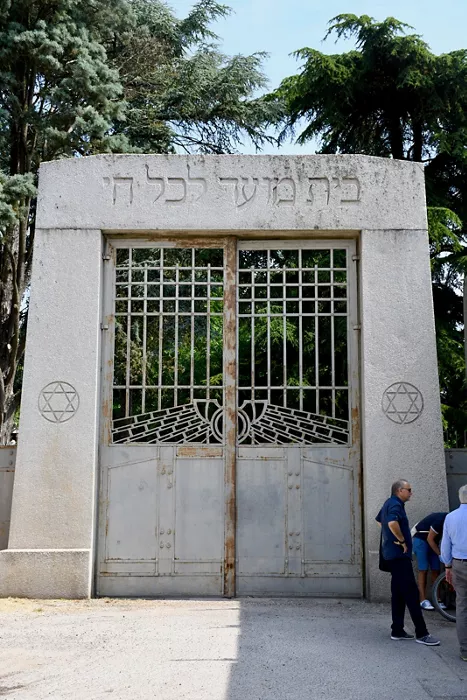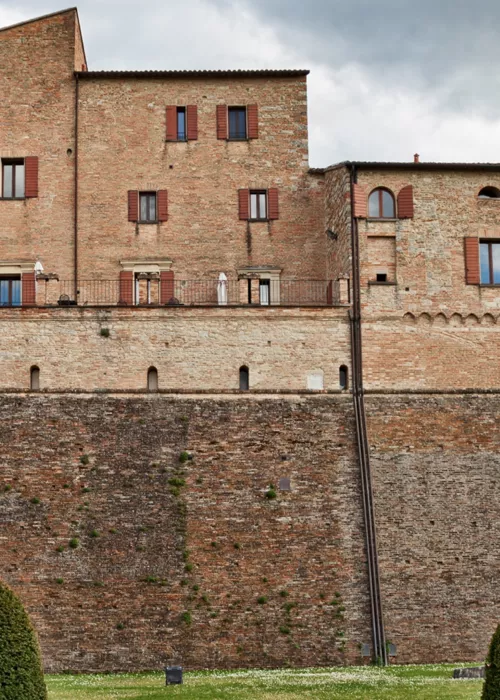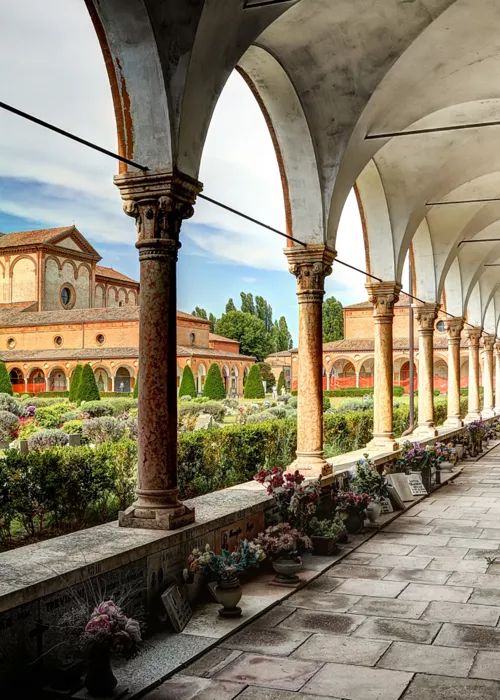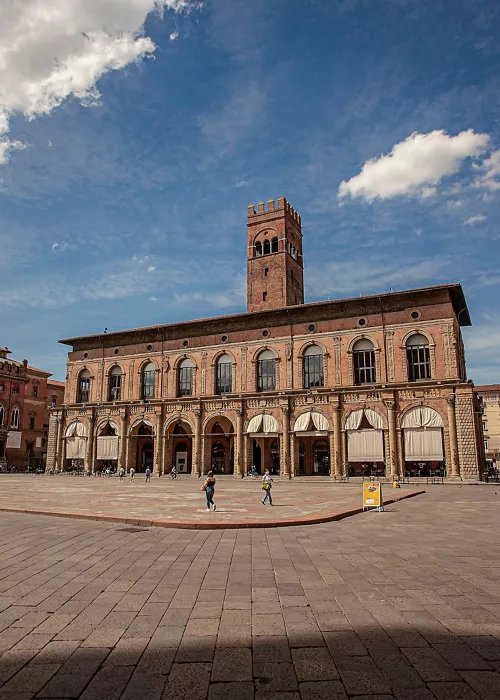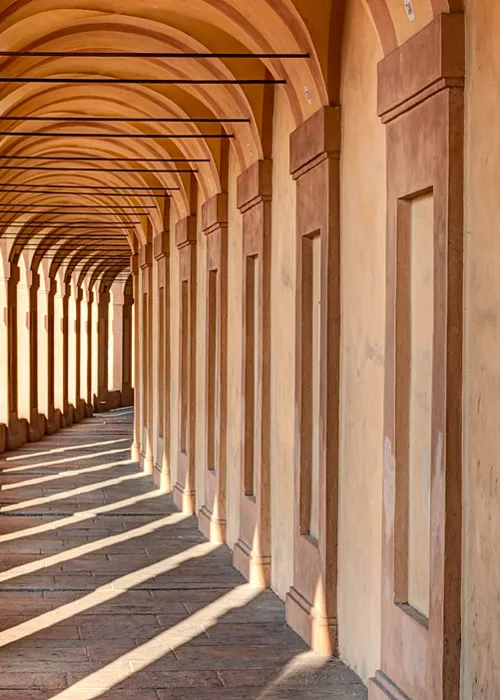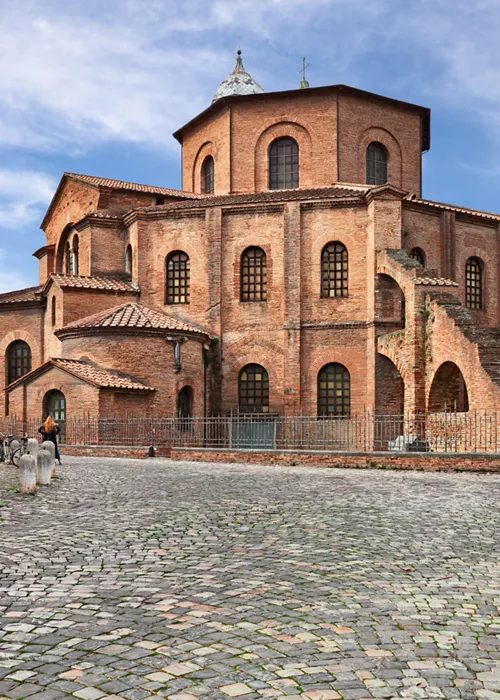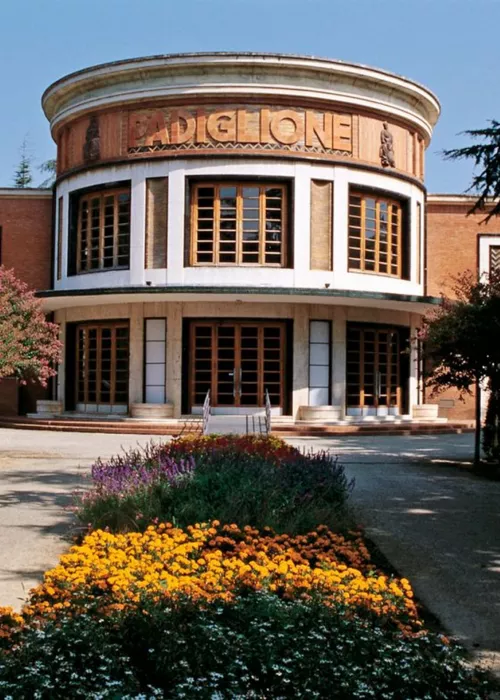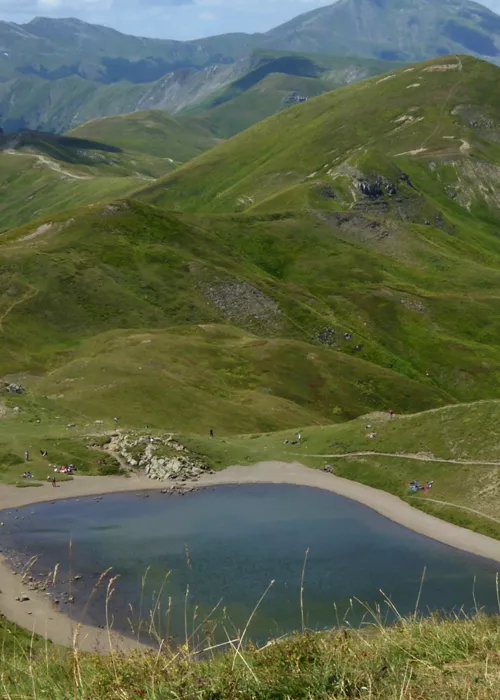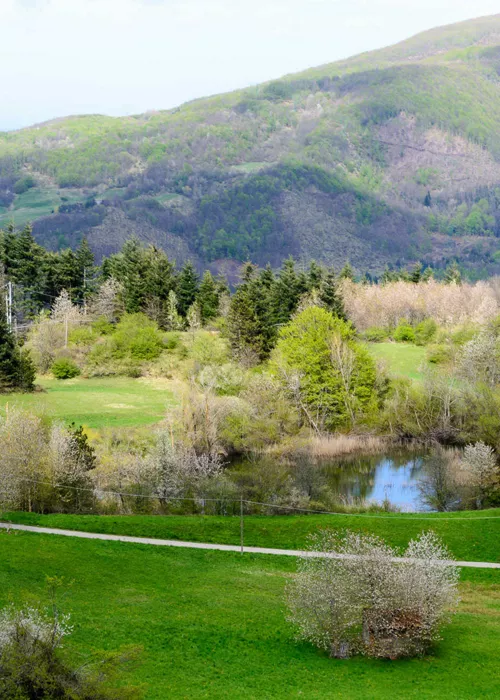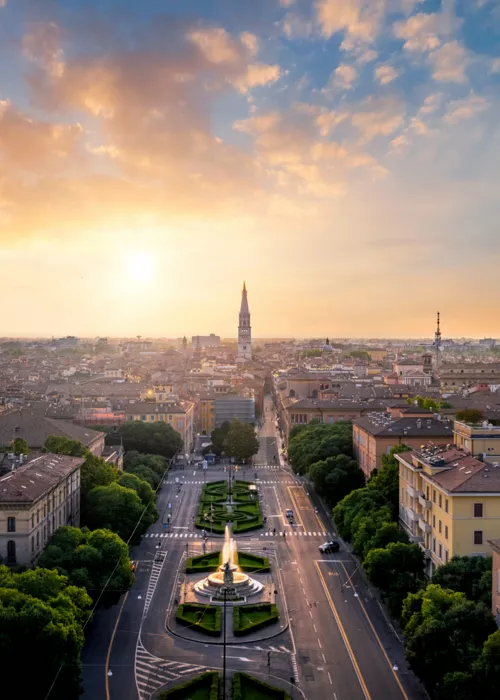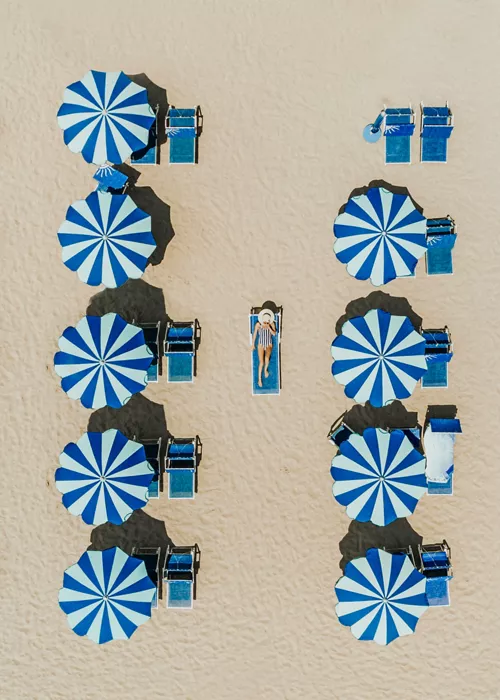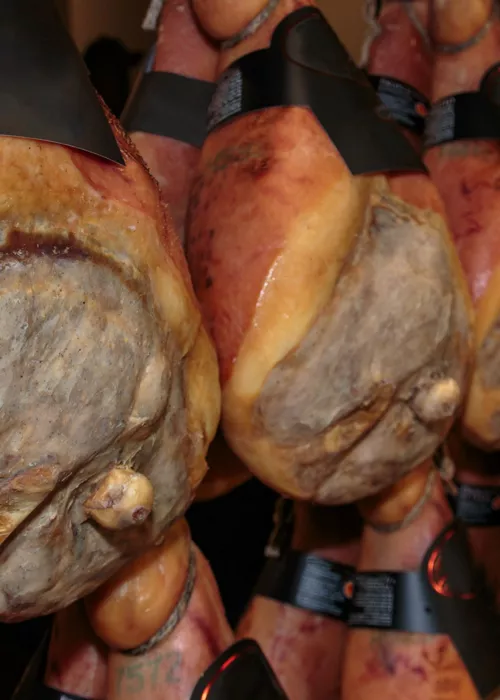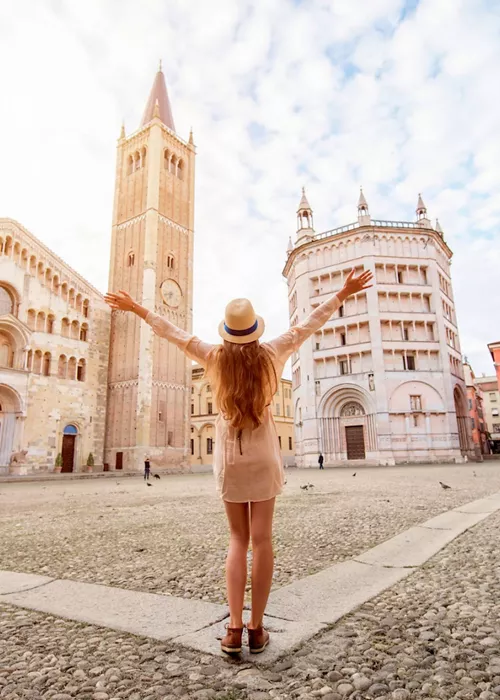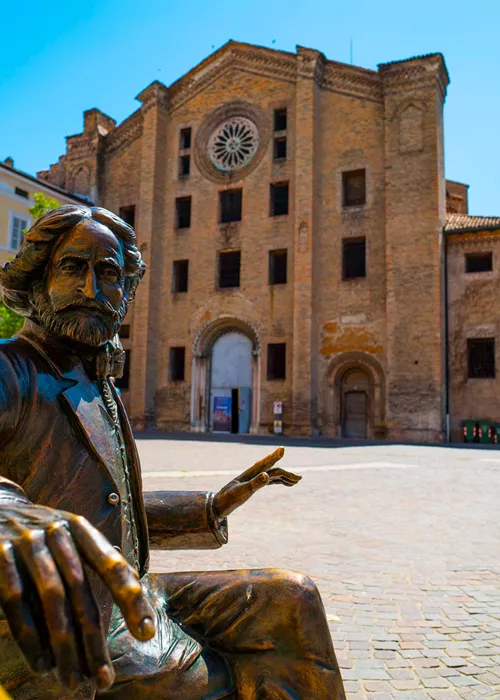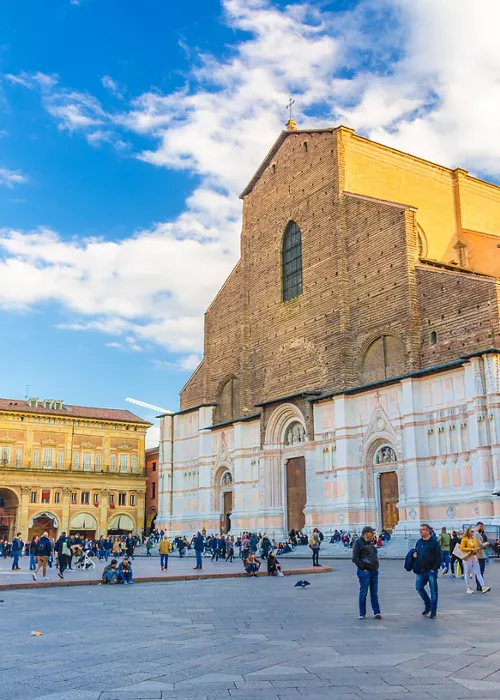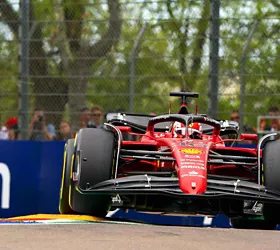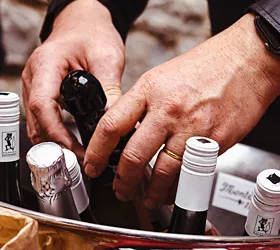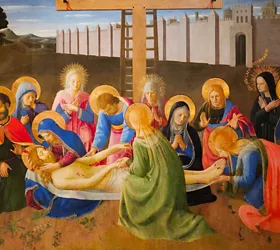Jewish itinerary: in Romagna among ghettos and synagogues
2 minutes
If you are passionate about the history and culture of the Jewish people, you should try this itinerary through Romagna, a region where the Jewish presence, which began here in the 13th century, has left many traces.
Are you ready to retrace that past, which neighbourhoods and synagogues, ghettos and cemeteries, are still vigilant witnesses to today?
In Ferrara, the Synagogue Building
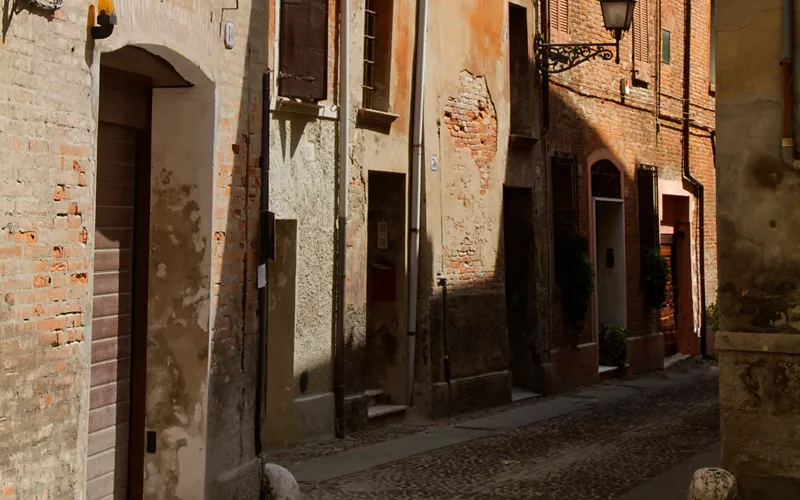
You knew you could fall in love with Ferrara for its food, wine, art and culture, you are about to discover that you also love it for its history. Indeed, this city, a Unesco World Heritage Site, is home to a large Jewish community of very ancient origins, of which it shows interesting traces.
Start the tour at the Synagogue Building, which today houses the Jewish Museum and cemetery, considered the oldest in Emilia Romagna.
The itinerary continues with the medieval quarter, a real highlight: here you will find the ghetto in which the Jews were segregated from 1627 until the Unification of Italy. There are typical shops and historic buildings in what used to be its nerve centre, Via Mazzini. The tour of Jewish Ferrara ends with the MEIS, the National Museum of Italian Judaism and the Shoah. It is housed in the former city prison complex, not far from the ghetto itself.
As part of this cultural itinerary, the Giardino delle Domande (Garden of Questions) is interesting. It takes us on a journey to discover the rules of Jewish diet and biblical plants, to understand the interesting facts about the use of meat, milk, fish and eggs.
Cento and the “disappeared” community
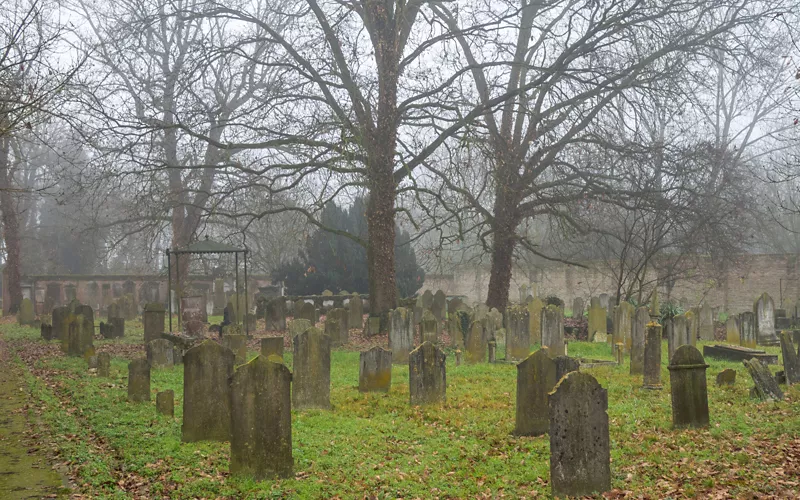
In Cento, where traditions from Ferrara, Bologna and Modena blend together, the Jewish community dates back to the 14th century. In the early 20th century, however, after a gradual decline, the fusion with the Jewish community of Ferrara began. What remains, and which we recommend you see during the tour, is the area of the old ghetto. It has now been restored, and has a narrow group of houses facing three connected courtyards, the central one of which is adorned with 18th-century balconies. The dwellings had interconnecting passages, also to access the synagogue. The Jewish cemetery is documented from the 17th century, although the current one was built in 1818.
In Lugo, a valuable gravestone
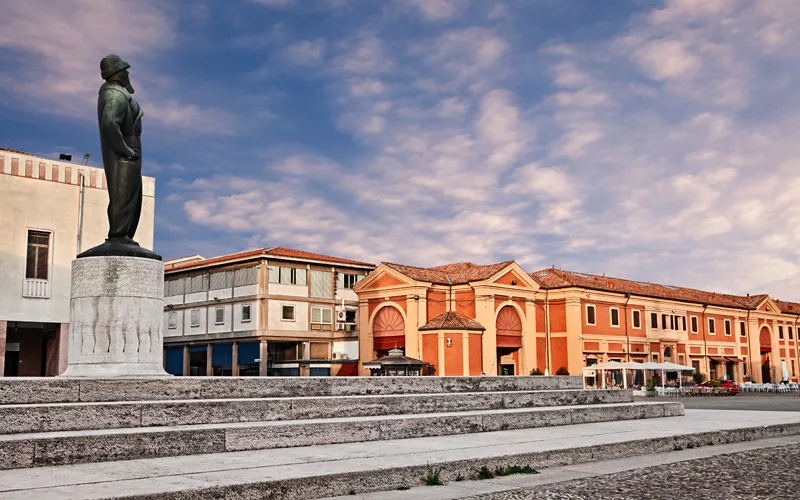
If you look for traces of the Jewish population, you will discover that in Lugo, in the province of Ravenna, there was a substantial and ancient community until the Second World War, as evidenced by a gravestone from 1285 in the town's Jewish cemetery. The current cemetery, on the other hand, was built in 1877 and is somewhere you absolutely must visit: the jewel of this place is the lapidarium, with 34 stone tombstones and three memorial stones, which belonged to the first cemetery.
Bertinoro, the Balcony of Romagna and the Jewish Community
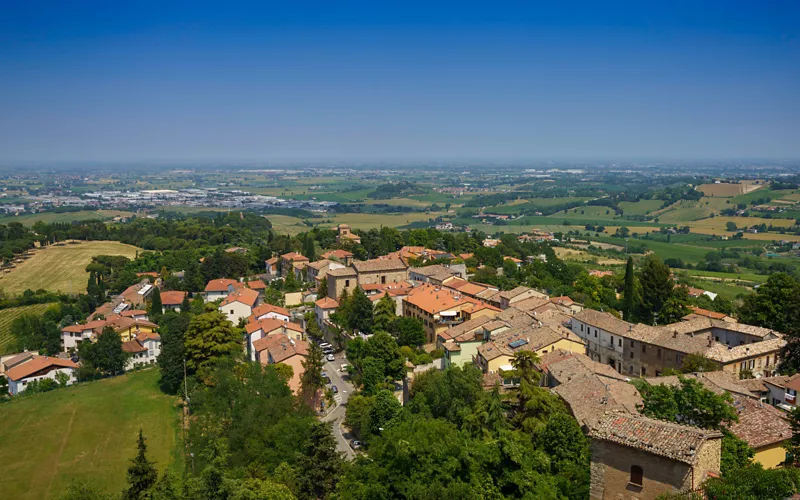
The pretty village of mediaeval origin stands on a hill offering views of the sea and the Romagna plain. The Balcony of Romagna, as it is known, has been home to a Jewish community since the 14th century, and traces of this population remain in the district called the Giudecca. Head towards the historic centre, where you will find the district's landmark house that belonged to Leone Ebreo, a Portuguese Jewish man of letters, doctor and philosopher. The stone building has a plaque on which the locations in the city where Jews could live are indicated, and several terracotta tiles depicting the Ner Tamid lamp, the light that shines in front of places of worship, and the cornucopia.

